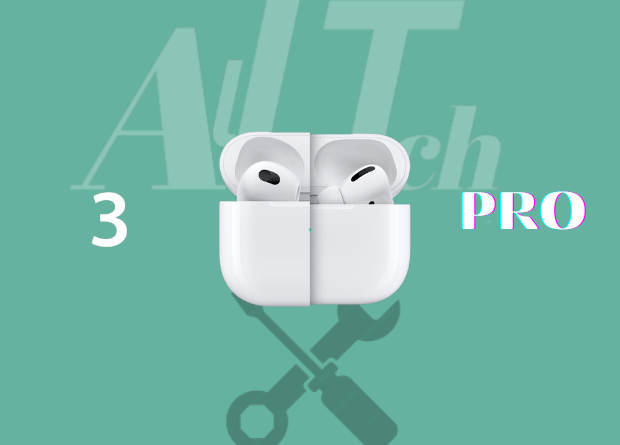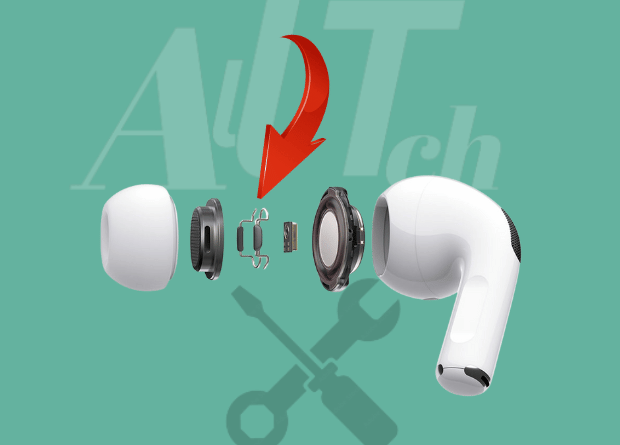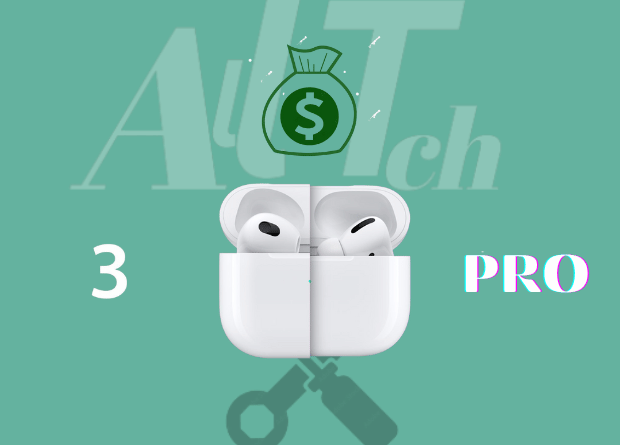You might be curious to know how AirPods 3 compares against AirPods Pro since it is the most recent version of Apple’s wireless earphones for the general public (i.e., AirPods 3 vs AirPods Pro).
This AirPods guide details the similarities and differences between AirPods 3 and AirPods Pro in terms of its Force Sensor, Spatial Audio, Adaptive EQ, IPX4 rating, wireless charging, and battery life. It also compares their prices.
This post discusses the differences between the AirPods 3 and AirPods Pro.
What is shared between AirPods 3 vs AirPods Pro?
AirPods Pro cannot be replaced by AirPods 3, which is the upgrade from AirPods 2. Instead, it has certain AirPods Pro-like characteristics while aiming for a different market.
Here is a list of the characteristics that AirPods 3 and AirPods Pro have in common.
- Wireless charging
- Water and Sweat Resistant (IPX4 rating).
- Sensor Consists.
- Aural Space.
- Adjustable EQ.
In the articles Top 10 New Characteristics of AirPods Pro and AirPods 3 vs. AirPods 2: Comparison, these features were discussed. The top 8 new and improved features of AirPods 3.
Advantages of the AirPods Pro over the AirPods 3
When comparing the new AirPods 3 to the AirPods Pro, you can discover that they are missing the three functionalities listed below.
ANC {Active noise cancellation}
ANC is one of the main highlights of the AirPods Pro.
Apple appears to still recognize a market for conventional earphones devoid of ANC. It was undoubtedly a wise choice.
You should choose the AirPods Pro if you require ANC. If the sealed design does not suit you, you can get the modernized version of the classic AirPods (AirPods 3).
ANC was not added to AirPods 3 merely to satisfy seasoned AirPods users who do not want the silicon tips crammed in the canal because both AirPods 3 and AirPods Pro utilize the same H1 chip (AirPods 2 also used the same chip) and share numerous components.
Evidently, the hardware in the AirPods 3’s capability is not the cause of the missing ANC. Apple intends to appeal to a different user base with the AirPods 3.
The ANC is a more noticeable feature of AirPods Pro since the release of AirPods Pro 2.
Silicon tip
Although AirPods 3 have a more similar appearance to AirPods Pro than to AirPods 2 (such as the form and length of the stem and leg), the absence of charging silicon tips makes AirPods 3 stand apart from AirPods Pro.
Actually, the tiny silicon tips indicate a fundamentally new design.
The “open” design of AirPods 2 is carried over to AirPods 3. The sound from the wireless earphones is not contained in a “sealed” area thanks to this design.
Contrarily, the AirPods Pro provide (or at least attempt to) a sealed environment in the canal for the earbuds thanks to the silicon tips and other components. Active noise cancellation usually requires such a sealed environment (ANC). Only the Samsung Galaxy Buds Live combine ANC and open design.
Some users might prefer the open design, especially if they have to use the earbuds continuously for long periods of time.
But AirPods Pro are a clear pick if you want quiet surroundings.
Mode of transparency
The AirPods 3’s open design makes the transparency mode less important.
When wearing a set of sealed earbuds, you typically need the transparency mode to be aware of your surroundings.
Advantages of AirPods 3 over AirPods Pro
If ANC and the transparency feature were removed from AirPods Pro, AirPods 3 would be the result.
Therefore, AirPods 3 obviously outperforms AirPods Pro in terms of battery life and cost.
Battery power
The AirPods 3 have a 6-hour playback period on a single charge (or 5 with spatial audio enabled). We spoke for approximately four hours.
Comparatively, an AirPods Pro charge lasts roughly 4.5 hours (or 5 hours with ANC, transparency mode, and spatial audio disabled). It took roughly 3.5 hours to chat.
About 30 hours of listening time can be obtained from the AirPods 3 charging case. Comparatively, the charging case for the AirPods Pro allows for around 24 hours of gameplay.
When ANC is used, the AirPods Pro 2’s battery life is now comparable to that of the AirPods 3.
Price for: AirPods 3 and AirPods Pro
Priced at $179, the AirPods 3 are $20 more expensive than the AirPods 2 when they were first released. Apple still sells AirPods 2, but they are now available for $129 less.
However, it is still considerably less expensive than the $249 pricing of the AirPods Pro. Of course, most places have discounts where you may purchase it for less money.
The AirPods 3 are undoubtedly a step-up from the AirPods 2 for general users. The only premium wireless earphones are still promoted as being AirPods Pro.
Which of the AirPods 3 or AirPods Pro should you pick?
As previously indicated, distinct users are targeted by AirPods 3 and AirPods Pro.
If you decide on AirPods 3,
- Noise cancellation is unnecessary.
- You favor the open layout.
- Spending more than $200 on a pair of wireless headphones is not recommended.
- You are the proud owner of an iPhone, iPad, or Mac.
If you want, you can select AirPods Pro.
- You enjoy ANC.
- The earbud tips in the ear canal are acceptable to you.
- You’re prepared to spend about $250 on the earbuds.
- You have an item from Apple.
In any case, it is difficult to say if AirPods 3/AirPods Pro are superior. If you require ANC, the answer will vary.
Final Thoughts
For thorough explanations of headphone concepts and technologies, consult Headphone 101.
Please refer to the Bluetooth headphones section for instructions on using Bluetooth headphones.
Sports headphones guidelines can be found in the section devoted to them.
See Also,
Best Apple AirPods for 2023: Top Choices for All Generations


